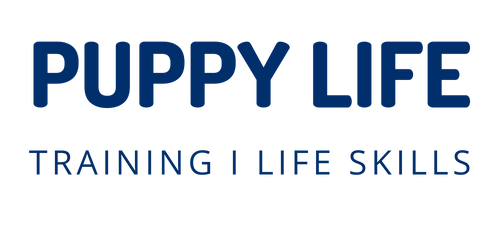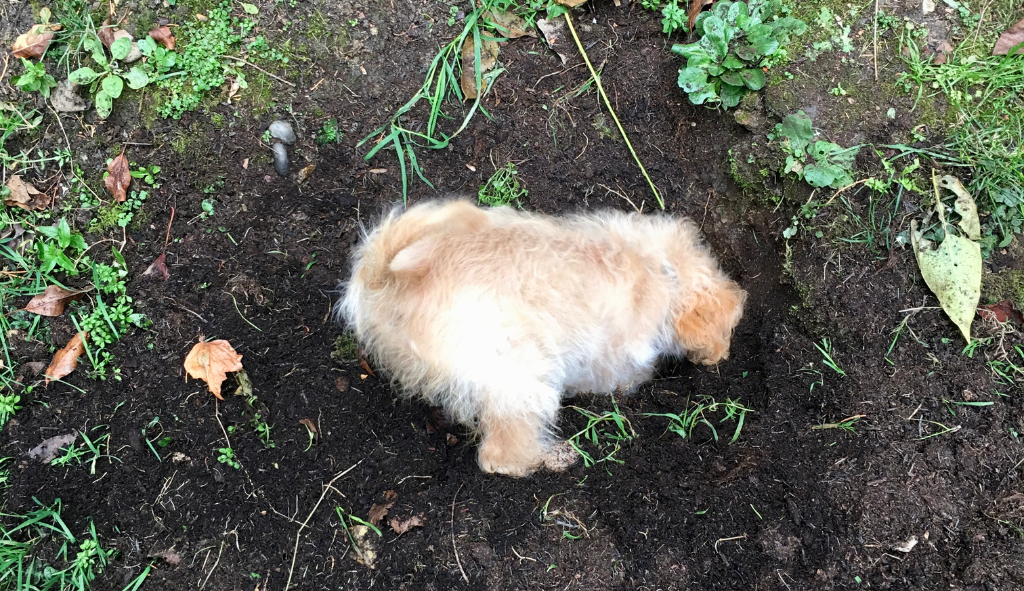Is shouting no a good idea? Sometimes pet parents will say, ‘but I just shout no, or uh-uh in a stern voice, and it works.’ Or does it? What’s really going on? Of course dogs don’t speak English, but they do understand tone of voice, based on all their experiences of living with us humans.
When we praise and speak gently to our dogs, often in the context of cuddles, even food rewards, it’s associated with feeling comfortable. Shouting no, or using a sharp tone can be startling, and result in the opposite. It’s useful to note that ‘punishment’ in a learning theory sense of the word, means anything we add that makes a behaviour less likely. Whereas we know from science that the best ways to train behaviour are positive, rewards-based methods (positive reinforcement).
consider the risks
If you continue to use shouty tactics, there’s also a chance your dog will get used to a loud or harsh tone of voice. In which case you may need to sound even scarier next time to get the behaviour to stop. It’s a race to the bottom. Continuing to shout at your dog may start to erode trust and eat away at your relationship. You can’t buy trust and you can’t train trust.
In fact, shouting and using punishment can have unintended results. It can cause other types of unwanted behaviours, like barking or biting and general unsettledness, from anxiety and/ or being confused about what’s expected.
Shouting no contains very little information about what is appropriate. Relying extensively on this strategy comes with a real possibility that your dog could essentially shut down over time. They may reduce or stop performing some natural behaviours that are associated with feeling comfortable in their world. This is most definitely not what we want considering the likely negative effects on welfare and health.
what do we want
If ‘no’ is not a behaviour, we’re not teaching what we do want in a particular situation. This requires some reflection and planning on our part. Try just saying ‘no’ to someone, without any other clues. Then ask them what they think you mean. Of course it’s impossible to say. Likewise, it’s a fairer option to ask your dog for a behaviour that you would prefer in a given situation. You’ll have to train it first of course.
Guiding good choices
While you’re working on your communications system, management and supervision are vital in the beginning. We can actively encourage good choices. For example, to avoid furniture chewing, you could puppy proof a room area and ensure there are always a few novel toys lying around. You could also create designated spaces to encourage natural behaviour, like a digging hobby, in more acceptable contexts.
This way you can set your dog up for success by noticing and rewarding the things you do like, where you like them. What gets rewarded, gets repeated.

